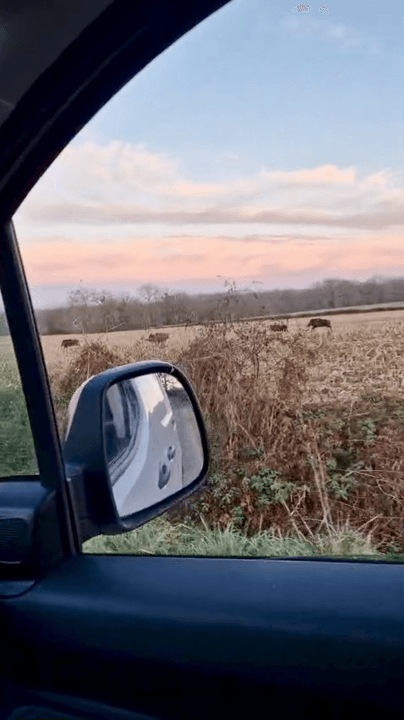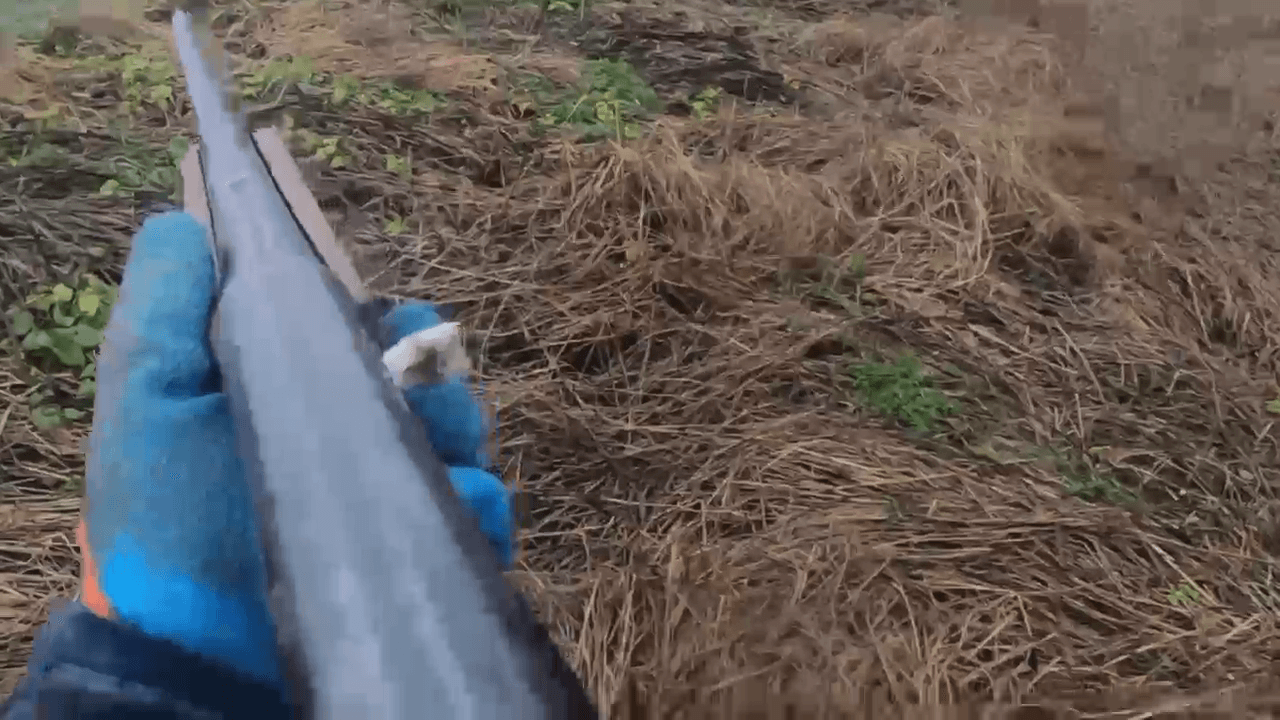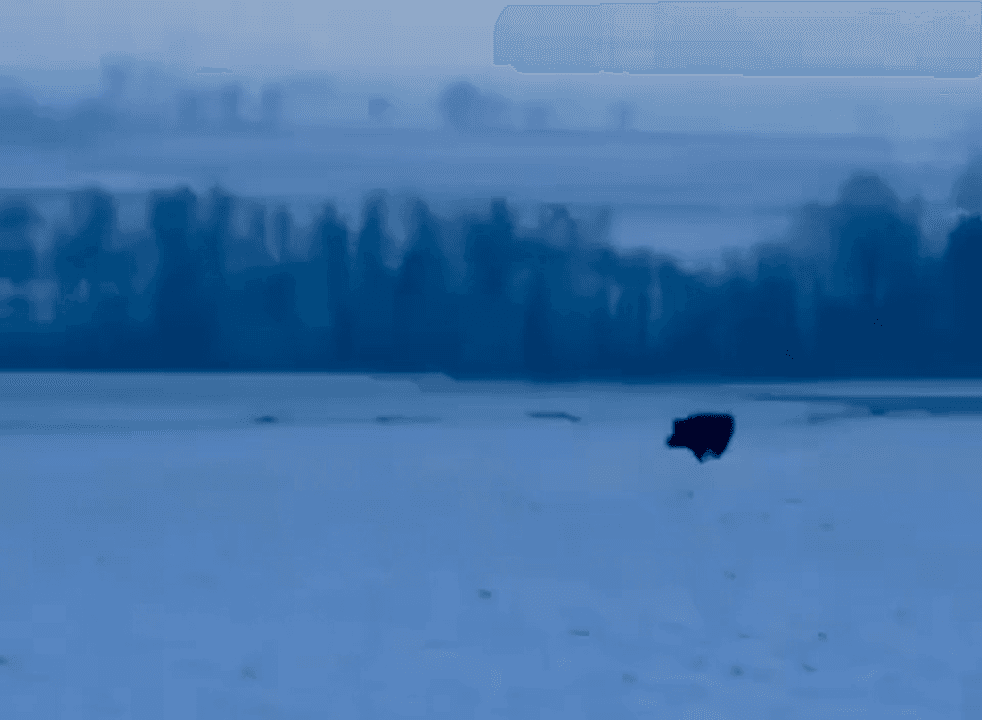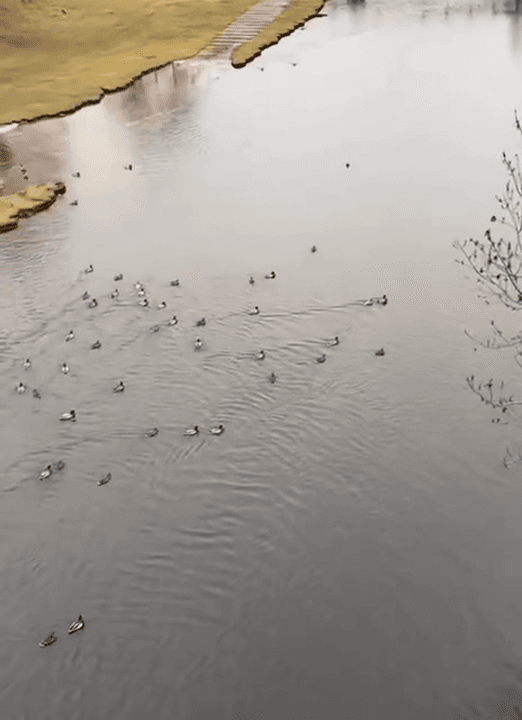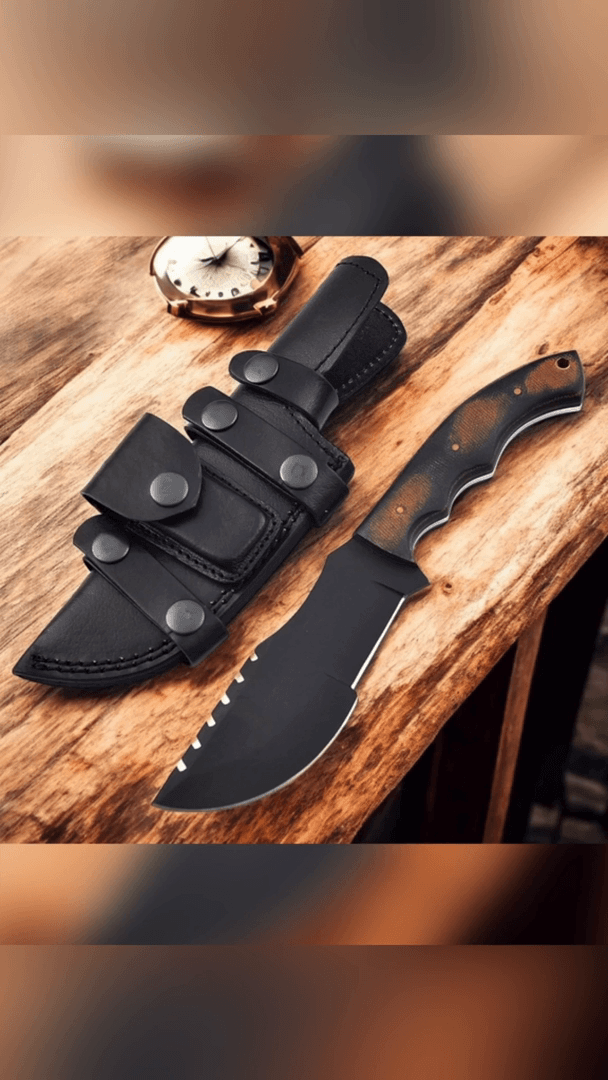
Wild Boar Hunting in Belarus: Driven Hunts and Trophy Success, Hunting Methods, Seasons, Price, Tips. Introduction Wild boar hunting in Belarus is a pursuit steeped in tradition, adrenaline, and precision. With vast forests, swampy lowlands, and a thriving population of wild boars, Belarus offers one of the most authentic and challenging hunting experiences in Eastern Europe. Among the various methods, driven hunts stand out for their intensity and camaraderie, often resulting in excellent trophy specimens that rival those found anywhere on the continent. This article provides a comprehensive guide for hunters interested in wild boar hunting in Belarus, covering techniques, seasons, pricing, weapons, regulations, and real-world cases. --- The Belarusian Wild Boar: Profile of the Quarry The Sus scrofa, or Eurasian wild boar, is widespread across Belarus. Adult males can reach 150–200 kg, with tusks exceeding 20 cm in length. Known locally as dzik, these animals are intelligent, aggressive when wounded, and highly adaptable — making them a prized and respected target. --- Hunting Methods: Driven Hunts and More 1. Driven Hunt (Corral Method) • Conducted during daylight hours • Involves beaters and dogs driving boars toward a line of shooters • Ideal for groups of 5–15 hunters • High success rate (up to 90% in organized estates) 2. Ambush Hunting • From high seats or blinds near feeding areas • Effective in winter and at night with thermal optics 3. Stalking (Approach Hunting) • Requires stealth and terrain knowledge • Best in snow-covered forests where tracks are visible 4. Night Hunting • Legal with thermal scopes and night vision • Often used for population control --- Seasons and Legal Framework Wild boar hunting is allowed year-round in Belarus, with seasonal nuances: • January–March: Daytime ambush and stalking • April–September: Night hunting permitted (18:00–09:00) • October–December: Driven hunts and ambushes Hunters must obtain: • A hunting permit • A weapon import license (for foreign hunters) • A trophy license (for tusk-based scoring) --- Weapons and Equipment Recommended Firearms: • Rifled carbines: .308 Win, .30-06, 7.62x54R • Smoothbore shotguns: 12 or 16 gauge with slug or buckshot • Optics: Thermal scopes, red dot sights, night vision Other Gear: • GPS and radios for coordination • Protective clothing (boars can charge) • Trophy measuring tools (CIC standards) --- Pricing and Packages Prices vary by region and outfitter. Typical costs: • Trophy boar (tusks 130–139 mm): €170–€220 • Trophy boar (140–159 mm): €220–€330 • Accommodation and meals: €60–€90/day • Guide services: €50–€70/day • Weapon rental: €30–€50/day • Trophy preparation: €15–€30 Some estates offer 3-day packages from €850–€1,100, including lodging, meals, permits, and guiding. --- Real Case: A Trophy to Remember In Belovezhskaya Pushcha, one of Europe’s oldest forests, a German hunter in 2023 bagged a wild boar with 192 mm tusks, scoring over 115 CIC points. The hunt was part of a driven event with 12 participants. The boar charged through thick underbrush and was taken with a single shot from a .30-06 rifle at 40 meters. The tusks were later mounted and displayed at the hunter’s lodge in Bavaria. --- Tips for Success • Scout the terrain: Know feeding zones and trails • Use scent control: Boars have a keen sense of smell • Practice quick shooting: Driven hunts require fast reflexes • Work with local guides: They know the behavior and movement patterns • Choose winter hunts: Snow improves visibility and tracking • Respect the animal: Wounded boars are dangerous — never approach carelessly --- Why Belarus? • 17 million hectares of hunting grounds • Visa-free entry for 30 days via Minsk Airport (for 80+ countries) • No fences — truly wild conditions • Affordable pricing compared to Western Europe • Rich biodiversity and scenic landscapes --- Conclusion Wild boar hunting in Belarus is more than a sport — it’s a test of skill, patience, and respect for nature. Whether you’re drawn by the thrill of a driven hunt or the solitude of a winter stalk, Belarus offers a hunting experience that is raw, rewarding, and unforgettable. If you’re ready to pursue a trophy that tells a story, Belarus is waiting — and the boars are watching.
Post: 3 January 23:02
